National Hunting and Fishing Day is like Christmas, Independence Day, and Thanksgiving for sportsmen and women—so go enjoy the many gifts of the outdoors, cherish our American traditions, and give thanks
God put us in charge. At least, that’s what the Good Book says. Our human connection to nature and wildlife is so special, because we are at once a part of it, yet differentiated from it. The experiences we have with wildlife and wild places are vital to our existence, because they help us affirm our own uniqueness and value in life.
No one understands and appreciates this relationship more than American sportsmen and women. When a hunter or angler fairly and ethically pursues wildlife or fish, he is connecting with nature at a primal level—life and death are at stake. And with a respectful harvest of that animal, he is celebrating and appreciating what it has provided and taught him.
Theodore Roosevelt spoke of the virtues of a “strenuous life.” I believe he meant that life is an accumulation of experiences, big and small. Only by pushing ourselves in this pursuit can we know our full potential. Life is all around us, and sportsmen go out to meet it! It’s in the friction of water around your legs as you step into a stream, the crunch of frosty ground under your boot, the smell of a campfire, and the sound of laughter and tales being shared.
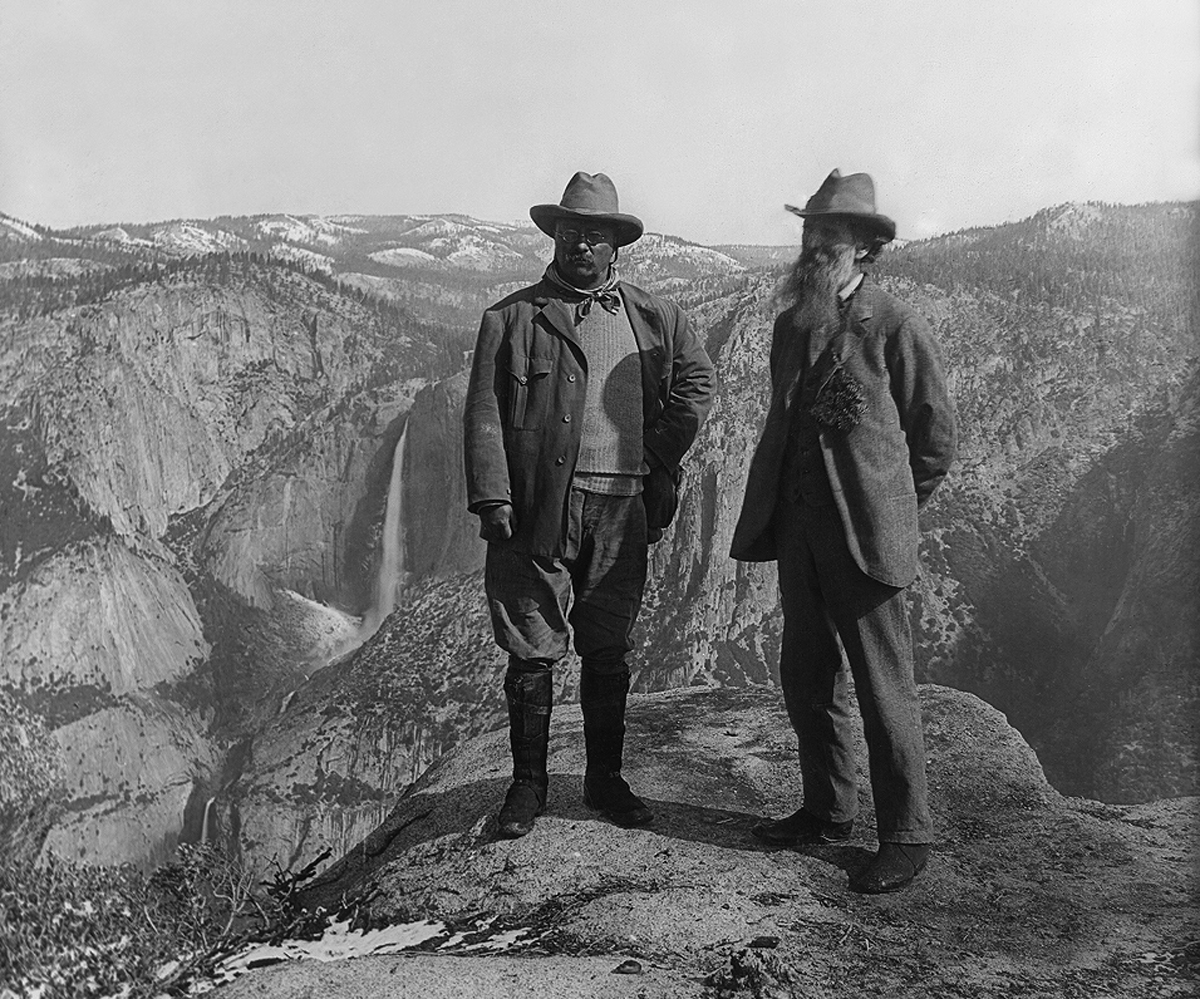
September 22th is National Hunting and Fishing Day, and it should be celebrated and appreciated—not just by hunters and anglers, but by all Americans.
Sportsmen are the original conservationists. Our traditions and passions for wildlife support a system found nowhere else on Earth, one that benefits all. The North American Model of Wildlife Conservation prioritizes professional science-based wildlife management, provides funding mechanisms through license sales and excise taxes that pay for conservation programs and, most importantly, holds that our fish and game resources are a public resource belonging to all Americans. Inherent in this truth is our democratic tradition of public lands, which goes back to the days of Roosevelt and others.
God put us in charge, therefore we are responsible. It is up to all of us, as sportsmen and women, to be vocal advocates for conservation of fish, wildlife, habitat, America’s public lands, and the sporting traditions we hold so dear.
In the spirit of this day, there are two things you can do to help guarantee that future generations have quality places to hunt and fish:
1) Go hunting or fishing. Just get out there. Live the strenuous life. Even better, take someone with you.
2) Speak up! Contact your lawmakers and elected officials to tell them why conservation and sportsmen are so important to our blessed country. Urge them to stand with sportsmen and women in celebrating our uniquely American traditions, on Saturday and every day.
This is a great place to start: Sign the Sportsmen’s Country petition at sportsmenscountry.org. Tell lawmakers that access promises mean nothing if our public lands are not well-managed for the next generation of hunters and anglers.
This was originally posted September 22, 2016 and has been updated. Top photo courtesy of Northwoods Collective.

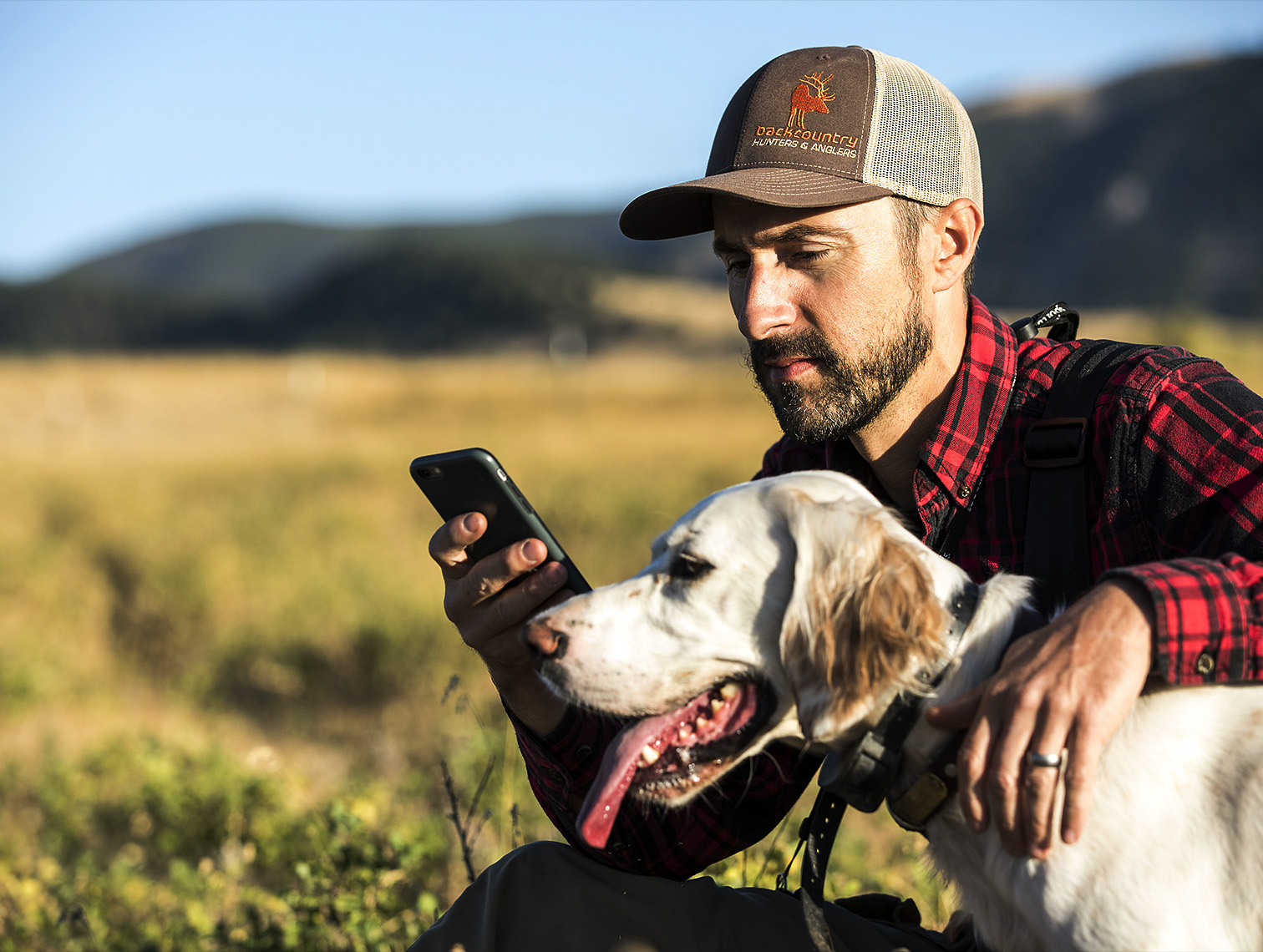

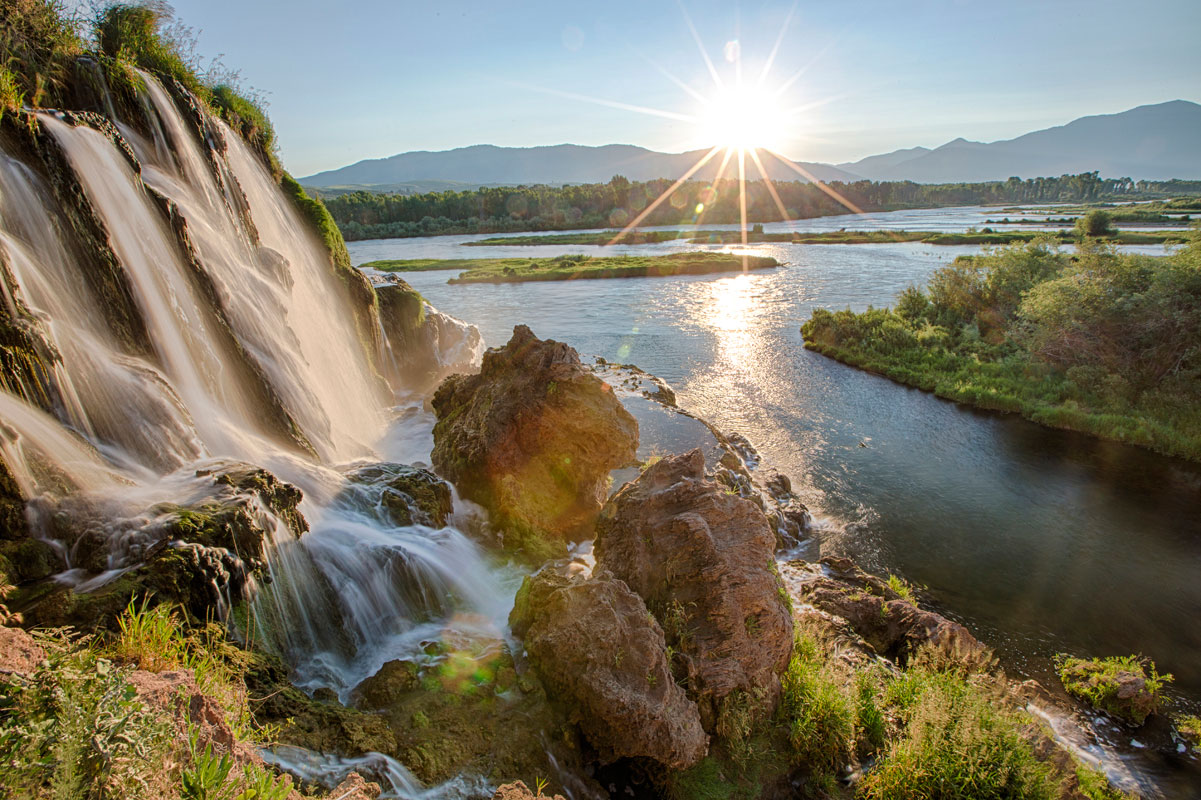
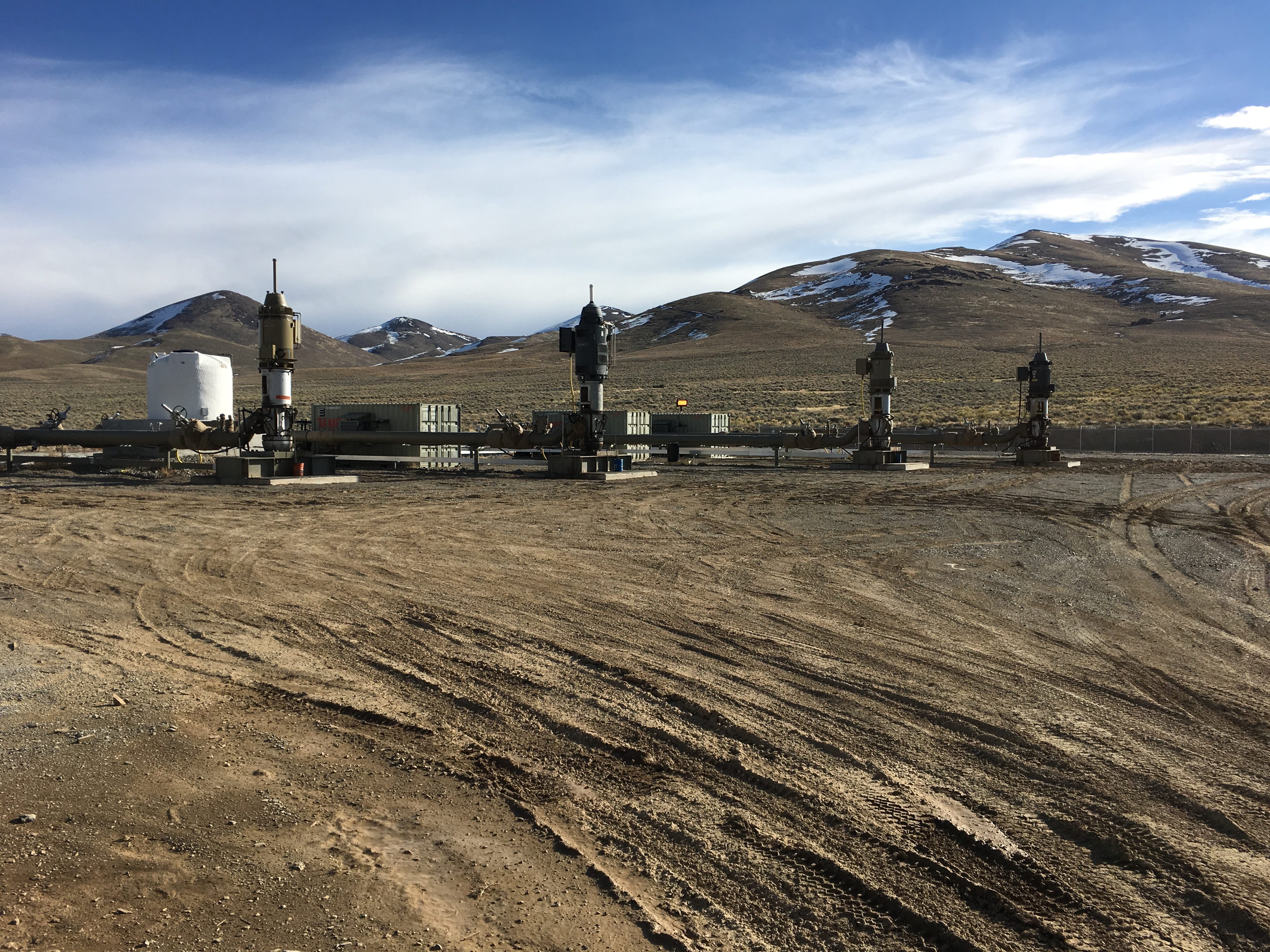
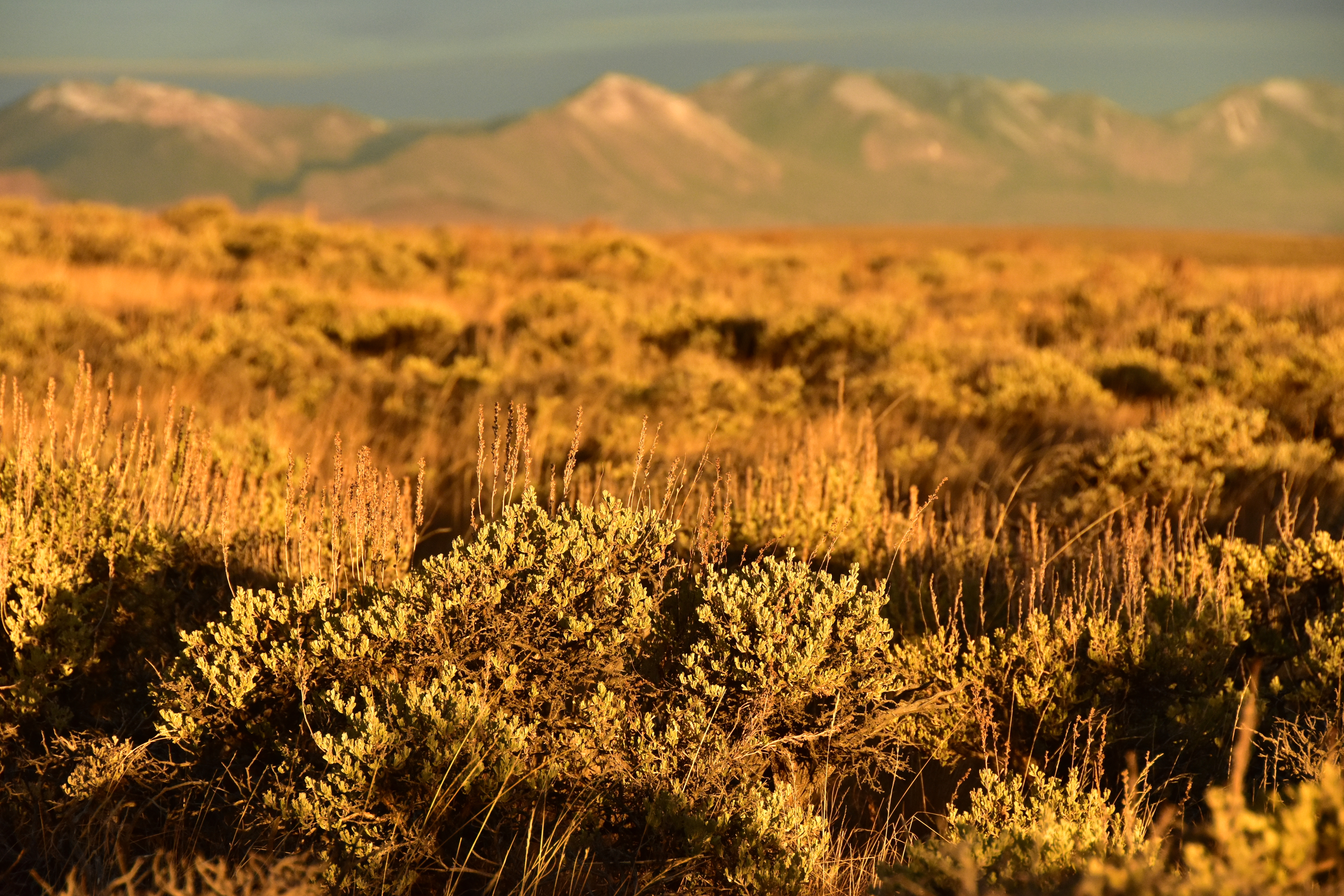
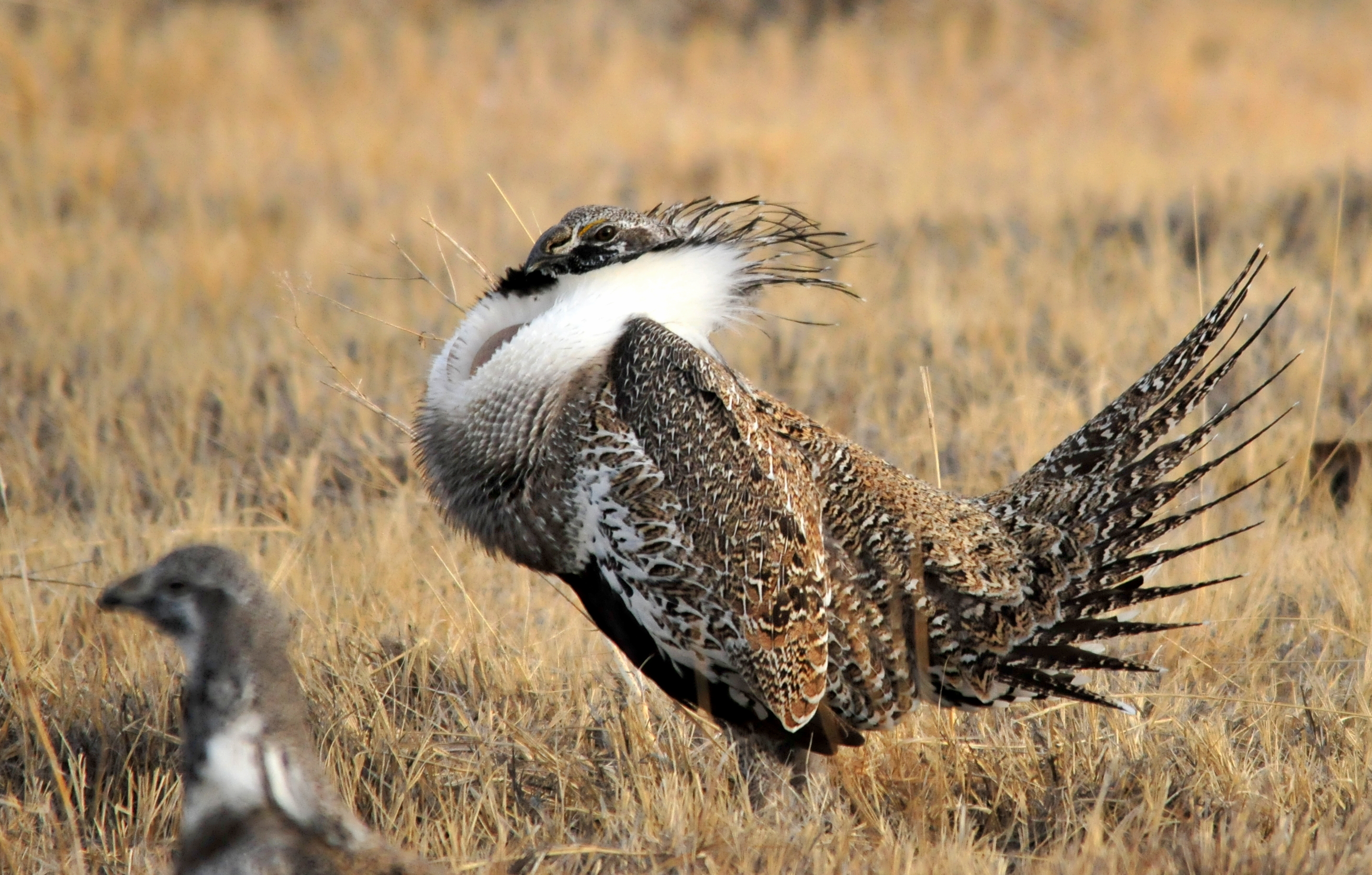




If God has given you the will, and the ability, and the love to get out and see what he created in the backcountry, like he has me, get out and go see it! Fins, fur or feathers, it’s all good to me. ………..In God we trust, later, Ron…….